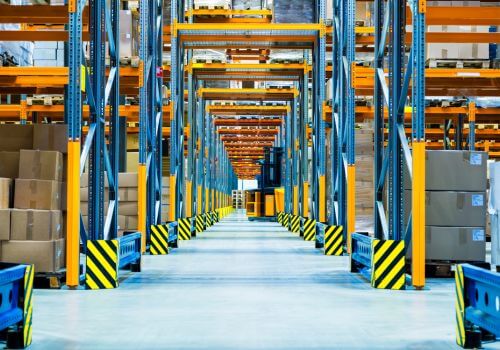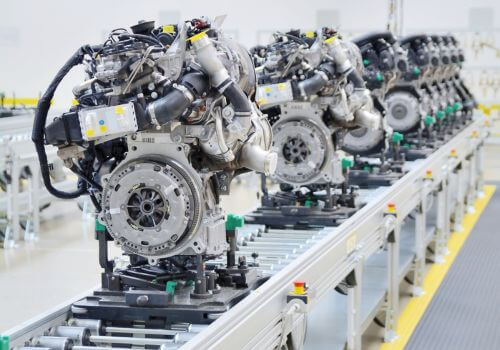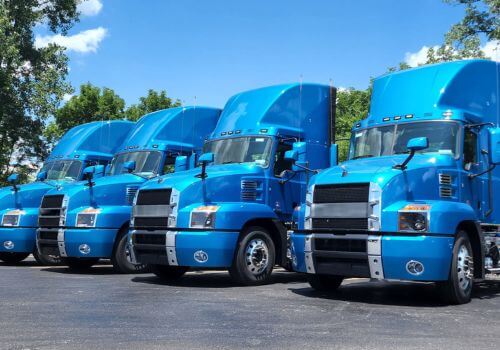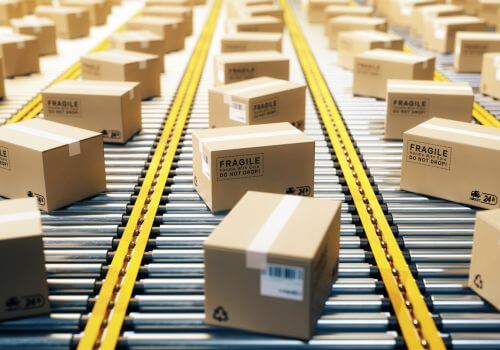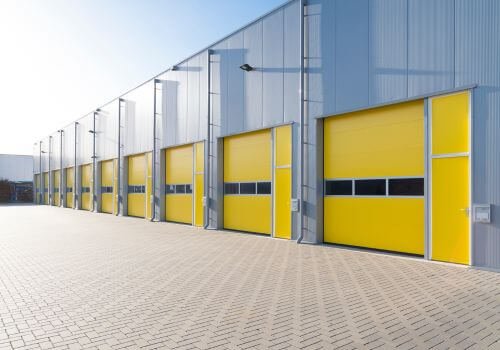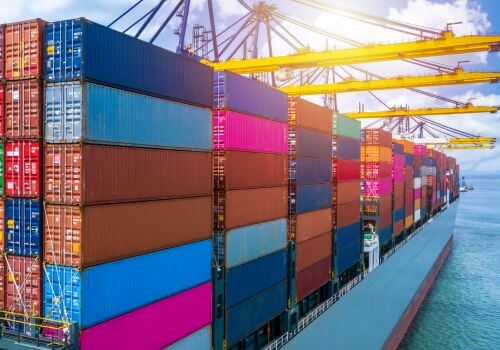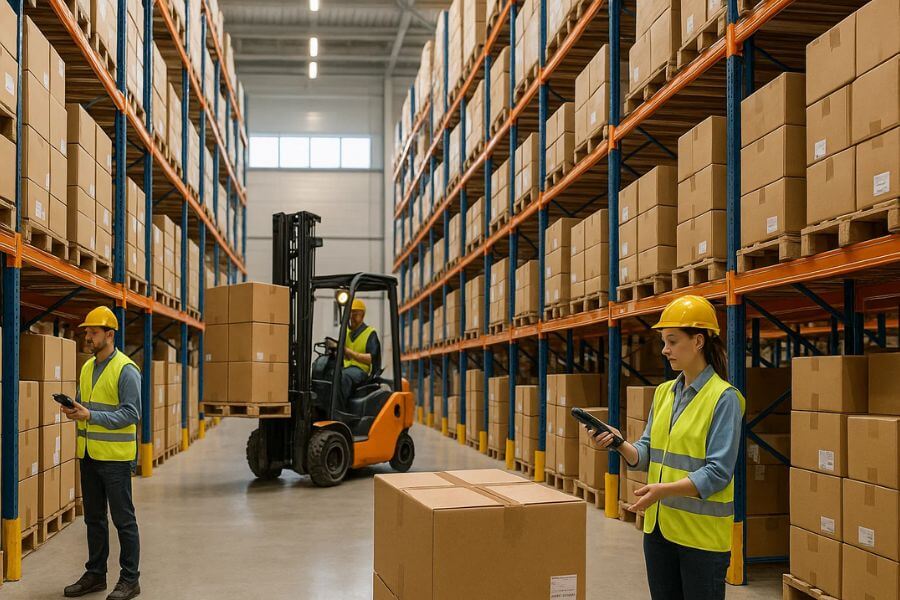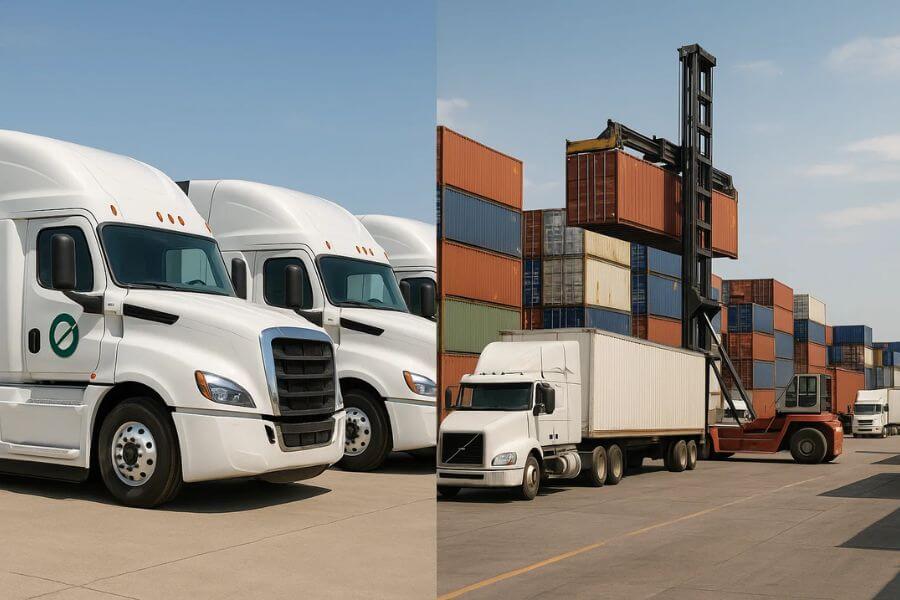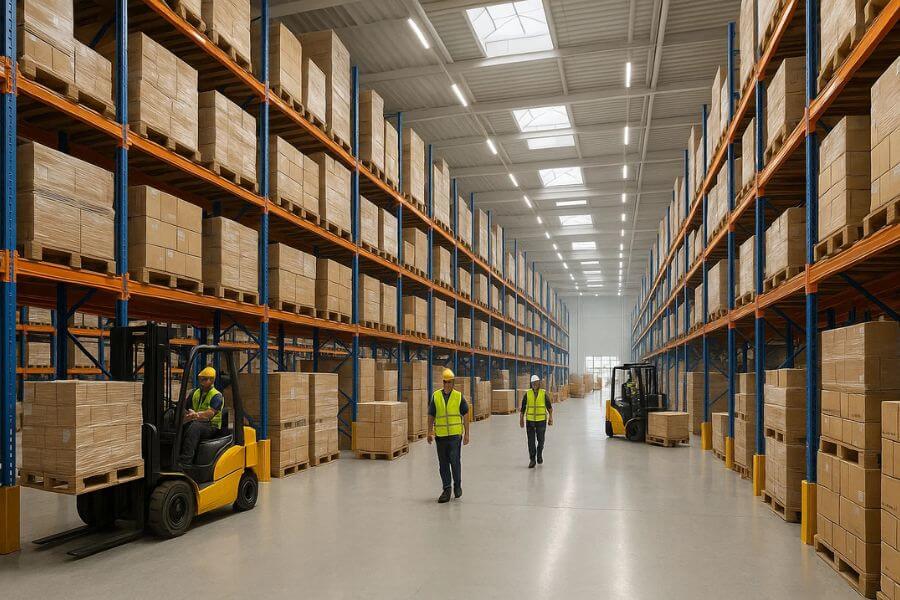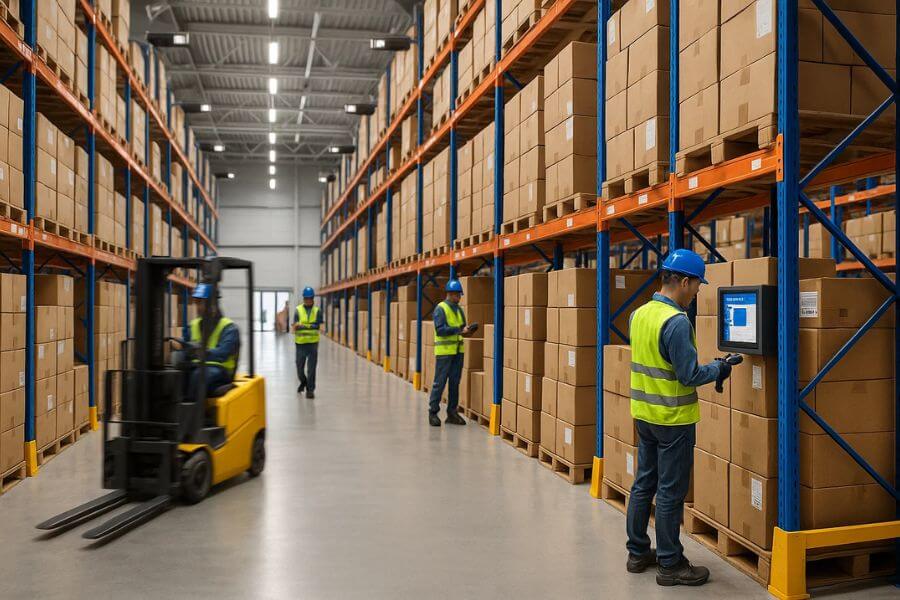In the increasingly complex supply chain landscape, businesses must be faster, smarter, and more efficient to stay competitive. One powerful way to achieve this is by partnering with a third-party logistics (3PL) warehousing provider, especially one that leverages automation technologies to optimize operations.
3PL automation is no longer just a nice-to-have. It’s now a mission-critical capability that helps businesses scale, cut costs, and improve customer satisfaction. From inventory control to returns management and real-time reporting, advanced 3PL warehousing services can automate core logistics processes to streamline fulfillment from end to end.
In this blog article, we’ll explore 10 powerful warehouse processes that 3PL providers can automate for your business, and how these automations contribute to long-term growth, scalability, and operational excellence.
1. Inventory management automation
Inventory is the backbone of your warehousing operation. Without accurate, real-time tracking, businesses can quickly suffer from stockouts, overstocking, or lost sales. Fortunately, today’s tech-enabled 3PLs can automate inventory control using sophisticated warehouse management systems (WMS) integrated with tools like RFID, IoT sensors, real-time dashboards, and multi-channel syncing.
Automated features include
- Continuous inventory counts using cycle-counting bots or scanners
- Real-time visibility into available, allocated, and reserved inventory
- Automated SKU tracking across multiple fulfillment centers
- Integration with e-commerce, ERP, and marketplace platforms
- Alerts for slow-moving, obsolete, or fast-selling SKUs
By automating inventory tracking, your business benefits from fewer discrepancies, better forecasting accuracy, faster decision-making, and improved operational confidence.
2. Barcode scanning and product labeling
Accurate identification of products is critical to warehouse efficiency. A modern 3PL provider automates barcode scanning and labeling from the moment inventory arrives at the receiving dock. With automated barcode generation, print-and-apply labeling systems, and scanner-equipped workflows, items are properly tagged and tracked from inbound to outbound.
Why it matters
- Minimizes human error in SKU identification
- Enhances inventory traceability at each warehouse stage
- Accelerates receiving, shelving, picking, and shipping
- Supports compliance and traceability in regulated industries
- Links each product to real-time movement and location data
Whether you’re managing hundreds or thousands of SKUs, this automation ensures warehouse workers operate efficiently and your inventory data stays clean and reliable.
3. Smart order picking and packing systems
Order fulfillment is where speed and precision matter most. Leading 3PLs automate these steps using robot-assisted picking systems, AI-based bin selection, pick-to-light systems, voice picking, and automated cartonization algorithms that determine optimal box sizes and packing materials.
Picking automation includes:
- Shortest-path algorithms that reduce picker travel time
- Zone-based or wave picking logic for high-volume efficiency
- Integration with wearable tech for hands-free operation
- Real-time pick verification via barcode scans or RFID
- Batch picking for orders with similar SKUs
Packing automation includes:
- Smart packaging that reduces box size and DIM weight
- Auto-printing of shipping labels and packing slips
- Real-time weight and dimension checks
- Auto-insertion of promotional material or return instructions
With picking and packing automation, businesses can dramatically reduce fulfillment time, lower labor costs, and deliver accurate, well-packaged orders faster and more efficiently.
4. Automated order routing logic
For businesses fulfilling orders from multiple locations or distribution centers, deciding where to ship from isn’t always straightforward. A tech-enabled 3PL automates this using AI-driven order routing systems that select the ideal warehouse for each order based on location, inventory availability, shipping cost, and carrier performance.
How it works:
- Geo-targeting routes orders to the closest fulfillment center
- Real-time inventory lookup ensures fulfillment from stocked locations
- Shipping cost comparisons help select the most cost-effective route
- Business rules can prioritize warehouses based on demand, seasonality, or performance
This intelligent routing reduces delivery times, minimizes shipping costs, and supports faster service level agreements (SLAs), especially when paired with distributed inventory strategies.
5. Returns (reverse logistics) automation
Returns are often the most time-consuming and expensive part of the fulfillment lifecycle. 3PLs that automate reverse logistics turn this challenge into an opportunity by streamlining the end-to-end returns process, improving both operational efficiency and customer satisfaction.
Returns automation may include:
- Auto-generation of return labels and customer return instructions
- Barcode-based returns intake at the warehouse
- Automated product condition scanning and triage (resell, refurbish, discard)
- Automatic updates to e-commerce platforms and refund processing
- Dynamic disposition rules for restocking or recycling items
By automating reverse logistics, businesses can cut down on return cycle times, lower labor costs, recover more value from returned items, and turn unhappy customers into loyal ones with frictionless returns.
6. Demand forecasting and inventory planning
Stocking the right amount of product at the right time is critical for maintaining healthy cash flow and meeting customer demand. Top 3PLs use machine learning and predictive analytics to automate demand forecasting and inventory planning.
Features of forecasting automation include:
- Analysis of sales trends, seasonality, and channel performance
- Integration with historical sales, promotional calendars, and lead times
- AI-driven recommendations for replenishment and safety stock
- Automated alerts for overstock or understock risks
- Smart modeling for new product launches or market changes
With these systems, businesses avoid the cost of overstocking, reduce lost sales from out-of-stock SKUs, and align purchasing with actual demand, especially critical for omnichannel brands.
7. Real-time reporting and business intelligence
The ability to access real-time data is crucial for managing inventory, tracking order statuses, evaluating carrier performance, and optimizing overall operations. 3PLs offer automated dashboards, scheduled reports, and self-serve analytics portals that turn raw data into actionable insights.
Key metrics automated include:
- Inventory accuracy and turnover
- Daily order volume, pick/pack speed, and fulfillment time
- Cost-per-order and shipping spend
- Returns rate and reason codes
- Carrier delivery time performance and exceptions
Real-time visibility eliminates guesswork, shortens response times, and empowers businesses to make smarter, faster decisions based on accurate warehouse data.
8. Replenishment and stock alert systems
Inventory replenishment is often reactive, but automation turns it into a proactive process. Many 3PLs use intelligent stock level monitoring systems that trigger automatic alerts or purchase orders when products dip below predefined thresholds.
Key functions include:
- SKU-specific reorder points and safety stock buffers
- Auto-generated purchase orders for restocking
- Supplier integration to reduce lead times
- Dashboard alerts for inventory anomalies
- Forecast-based restocking recommendations
Automating replenishment reduces the risk of stockouts, improves inventory flow, and eliminates manual intervention in everyday restocking decisions, freeing your team to focus on growth.
9. Shipping rate optimization and carrier selection
Shipping is one of the most complex and expensive aspects of fulfillment. Automating this process helps 3PLs ensure your business always ships at the best rate using the most efficient carriers.
Shipping automation features include:
- Real-time rate shopping across multiple carriers
- Automated carrier selection based on cost, delivery time, and service level
- Rules-based shipping decisions (cheapest, fastest, specific zones)
- Dynamic dimensional weight and packaging optimization
- Automatic shipping label creation with tracking info
These tools help reduce shipping expenses, eliminate human error in label generation, and improve on-time delivery performance, an essential part of any customer-centric business.
10. Customer notifications and post-purchase automation
Customer experience doesn’t stop after checkout. Timely, transparent communication is key to building loyalty. Modern 3PLs automate post-purchase notifications so customers are always informed about their order status, location, and delivery progress.
Key features include:
- Automated order confirmation emails
- Shipment and tracking number notifications
- Estimated delivery time alerts
- Delivery confirmation messages
- Return receipt and refund updates
Some 3PLs even offer branded tracking pages and SMS updates. This level of automation improves transparency, reduces support inquiries, and increases trust, keeping customers coming back.
Conclusion
As e-commerce accelerates, customer expectations grow, and margins tighten, businesses must adopt smarter solutions to stay competitive. Partnering with a 3PL warehousing provider that automates logistics processes can be a game-changer.
By automating these 10 key workflows, your business can:
- Reduce labor costs and operational errors
- Improve order accuracy, fulfillment speed, and scalability
- Gain real-time data insights for smarter decisions
- Deliver better customer experiences that increase retention
- Free up internal teams to focus on strategic growth
3PL automation isn’t just about efficiency; it’s about unlocking your business’s full potential in a digital-first world.


